 This is the first time i am working on time series, hence kindly pardon me. My dataset consists of following, product id column with 1000 different products, date column, sales column. Since the first step will be to perform data exploration(time series is decomposed into three parts- Trend, Seasonality and Random), how do i explore data with no additional information but just product id and their sales for past 3 years.
This is the first time i am working on time series, hence kindly pardon me. My dataset consists of following, product id column with 1000 different products, date column, sales column. Since the first step will be to perform data exploration(time series is decomposed into three parts- Trend, Seasonality and Random), how do i explore data with no additional information but just product id and their sales for past 3 years.
Based on this data i need to build set of models that forecast sales for 4 months into the future. Kindly help me with this.
As seen in the plot, i tried to understand distribution of each time series, but there are 1000 plots, and its very hard to understand or comprehend the data, this is the challenge i am facing. I want to split my Sales data for each item, into the Trend, Seasonality and Random part.
I have the basic code, however not sure how to incorporate the same for multiple items, to identify the trend, seasonality and random for each item.
I have no additional information, like product category, sales region, etc, just have product id, date and sales...